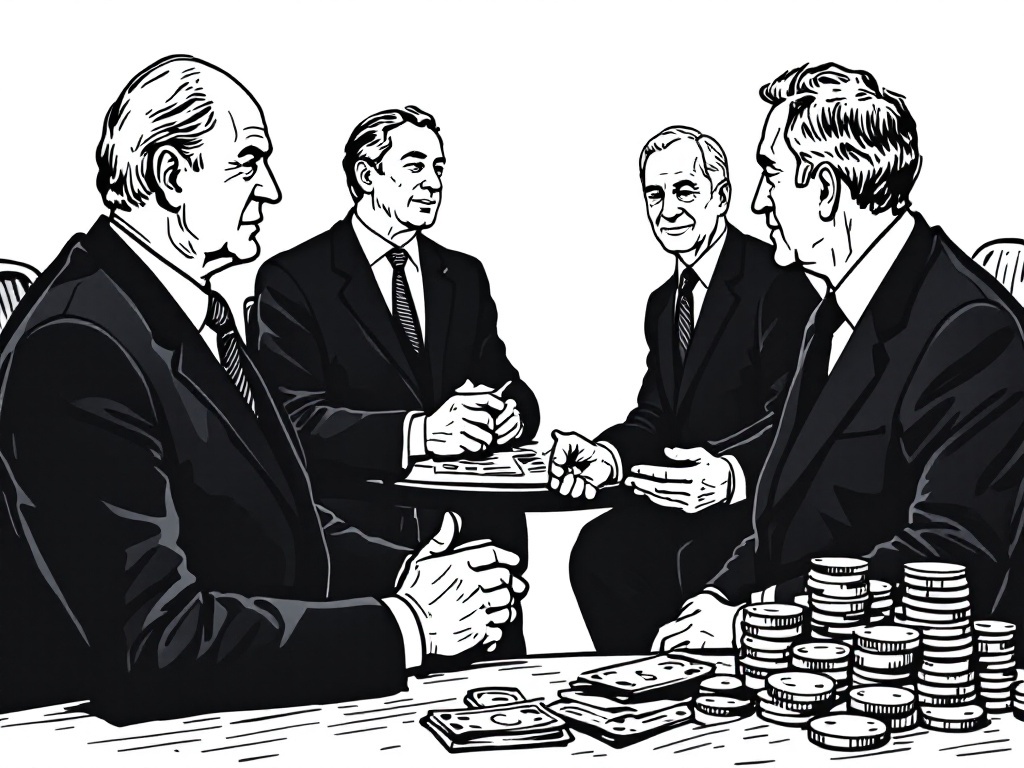NATO Aims for Historic Defense Budget Increase Amid Global Threats

Brussels, Wednesday, 14 May 2025.
NATO discusses a strategic defense spending rise to 5% of GDP by 2032, marking the largest increase since the Cold War, driven by evolving global security challenges.
Intent of Policy and Political Players
NATO’s initiative to increase defense spending to 5% of GDP by 2032 has been significantly influenced by U.S. President Donald Trump’s consistent calls for higher military budgets among alliance members. Trump first articulated his demand for a substantial boost in defense budgets during his earlier presidency, citing a need for allies to exceed the long-standing 2% GDP benchmark [1][2]. NATO Secretary General Mark Rutte is also involved in these discussions, advocating for a commitment of 3.5% of GDP over the next seven years, plus an additional 1.5% for related defense areas [2].
Current Progress and Legislative Discussions
Throughout 2025, negotiations have intensified among NATO allies, who are working to align with the proposed goal. Diplomats familiar with the progress have indicated that a concrete path towards this 5% target is under discussion, with an upcoming summit scheduled for June in The Hague [2][4][5]. NATO’s foreign ministers are debating this initiative in the Turkish city of Antalya on May 14-15, 2025, as part of larger efforts to adapt to evolving global security threats [2]. As of 2024, 24 out of 32 NATO members already meet the 2% GDP defense spending commitment, but there are considerations regarding whether existing or new expenditures will be included in reaching future goals [2][3].
Geopolitical Implications and Defense Industry Impact
The proposed rise in defense budgets is not only a response to Trump’s emphasis on increased spending but also reflects broader geopolitical considerations. NATO’s focus includes tackling significant threats and ensuring adequate investment in mobility, infrastructure, and cybersecurity — elements deemed essential in the current global context [2][3][5]. The increase in defense spending is anticipated to have substantial implications for the defense industry, driving demand for advanced military and security-related technologies, and requiring countries to consider national responsibilities in achieving the specified budget allocations [5].
Future Outlook and Strategic Objectives
Looking ahead, NATO’s strategic planning involves setting achievable defense benchmarks while fostering greater collaboration among member states. The commitment to a 5% target underscores the alliance’s dedication to maintaining stability amid growing challenges, such as the situation in Ukraine and potential shifts in U.S. military focus towards the Indo-Pacific [4][6]. The upcoming NATO summit in The Hague is expected to formalize these objectives, shaping defense policies that honor both national and collective security needs [5][6]. With defense spending positioned as a priority, NATO aims to bolster its capabilities and mitigate threats, reflecting a broader trend of heightened defense readiness post-Cold War.